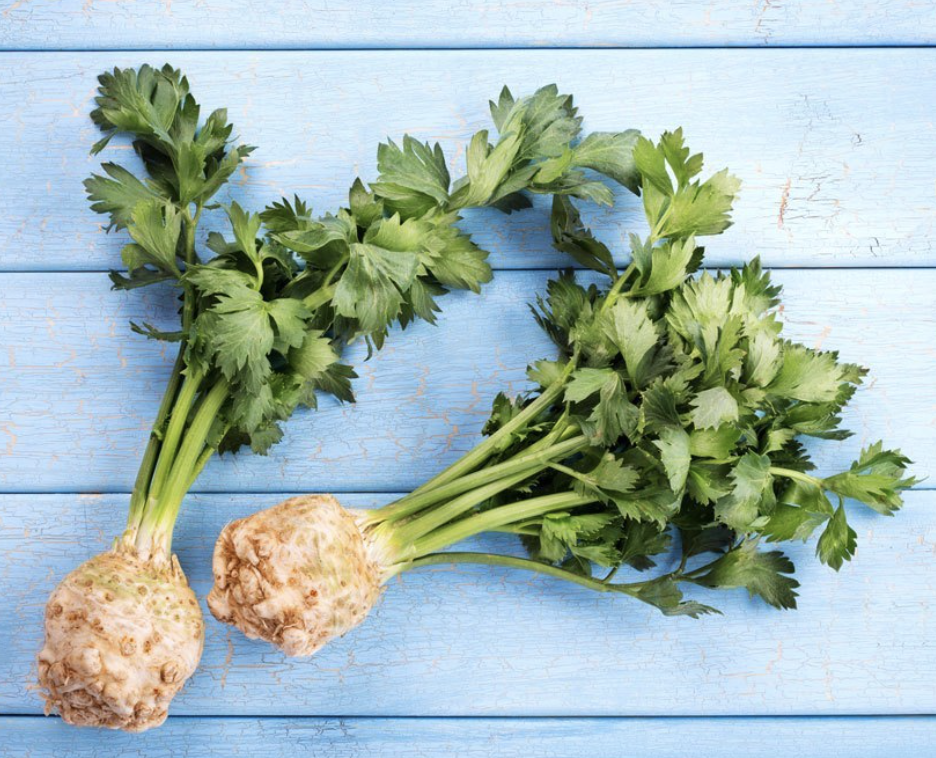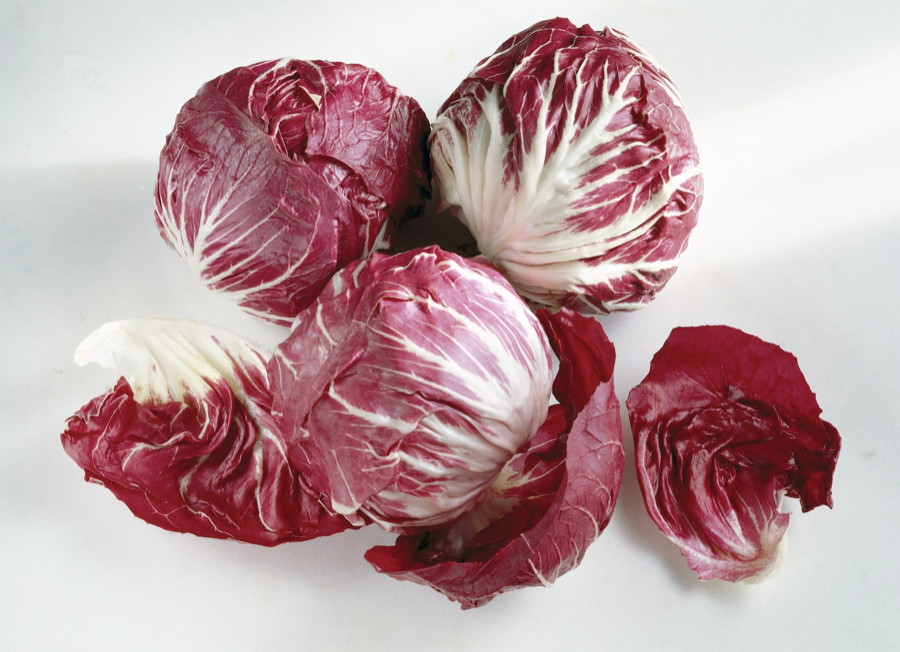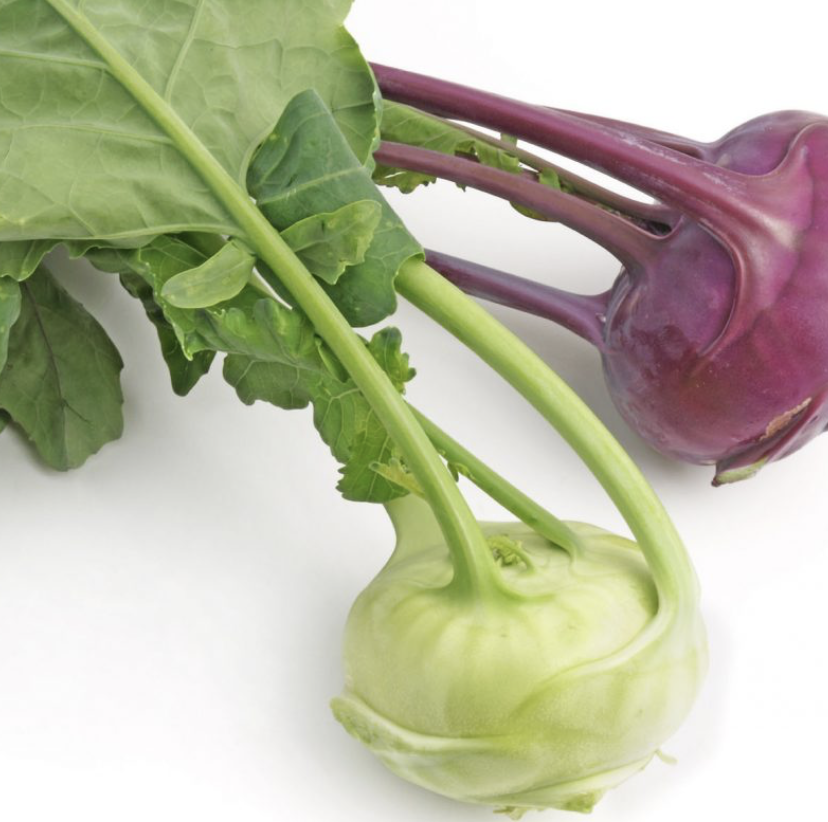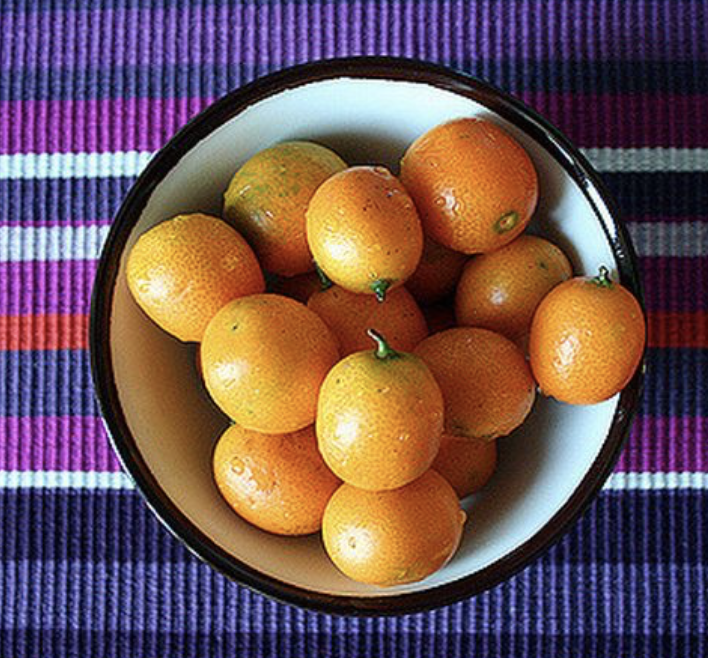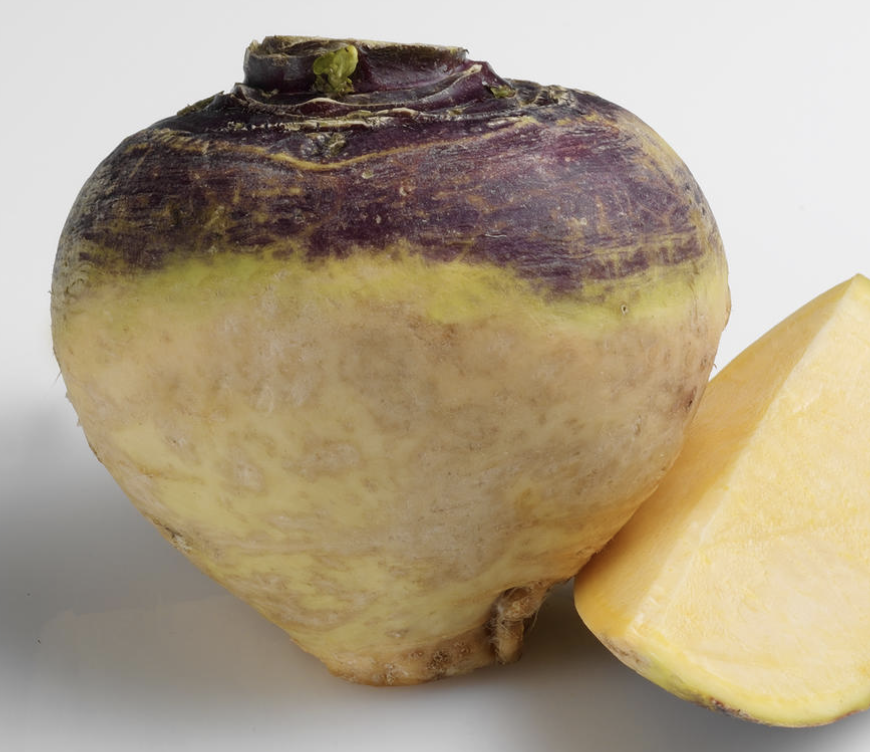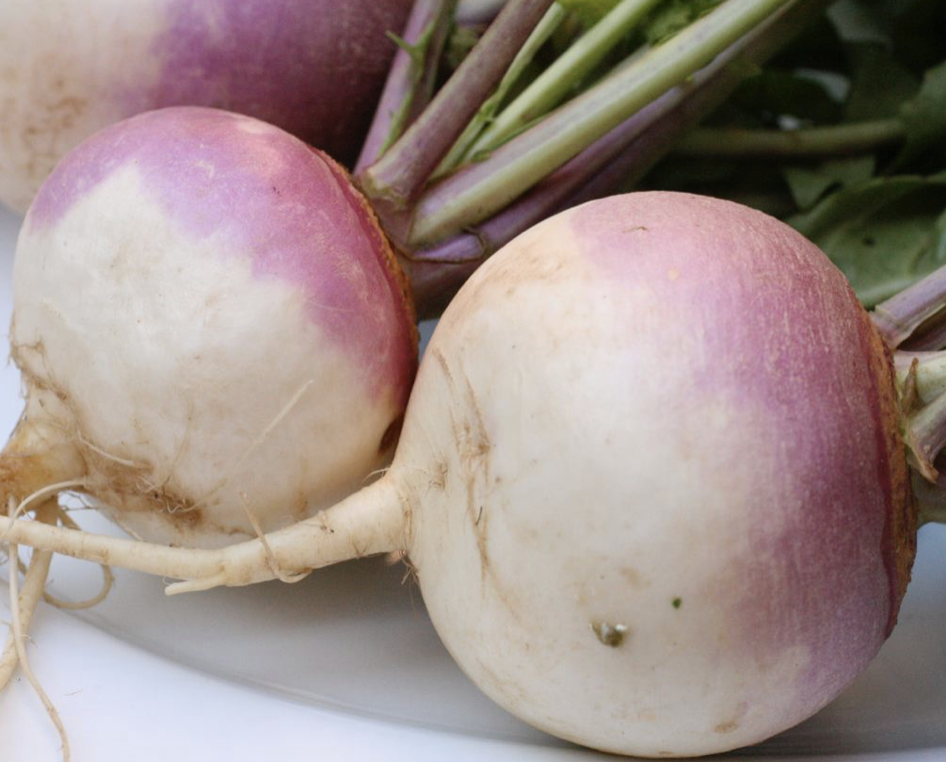Why eat seasonally? I know I have shared about this in the past, but sometimes it helps to have a refresher! The benefits of eating seasonal produce include the following:
Foods that are grown and consumed during their growing seasons are richer in nutrients. Because of that, they’re not only better for our health, but they are also fuller in flavor!
By eating locally grown seasonal produce, you are also reducing your carbon footprint! Your food isn’t coming from far far away, which means fuel emissions and transportation costs have been kept to a minimum. Plus, you’ll be supporting your local farmers!
When purchasing seasonal ingredients, you’ll save money! When fruits and vegetables are in season, there’s an abundance of them and they will be sold at a lower cost.
You’ll supply your body with a rich variety of nutrients! By changing up the fruits and veggies you are consuming, you are providing your cells with a wide range of vitamins and minerals.
Often times, we get stuck in our routines and find ourselves choosing the same fruits and vegetables week after week at the grocery store. Sometimes, we’ll come across some weird-looking or sounding items in the produce section or at the farmer’s market and be intrigued, but move on because cooking with it seems intimidating. Once my husband and I started getting our CSA farm box about a year and a half ago, it opened our eyes to the many fruits and vegetables that we never knew about or had been wary of over the years. It forced me to get creative and try new recipes, and in the process I discovered how much I enjoyed eating and trying these new foods! SO on that note, here are some of my winter favorites! Where can you find them? Your local farmers market!
Celeriac - a root vegetable closely related to celery, parsley and parsnips - ways to prepare: peel away the skin and slice thin to add to a crunchy slaw/salad, roasted, or pureed with cauliflower into a delicious mash!
Kohlrabi - it’s either green or purple and looks like a root vegetable, but it is actually related to cabbage - ways to prepare: slice and add to a salad for extra crunch, roasted, added to a creamy soup, sautee the greens with some veggie broth
Kumquat - tiny Asian citrus fruits - they look like small oranges and are typically eaten whole - their rind is sweet and the center is sour - ways to prepare: munch on them whole, slice them and add to a salad for some tang
Pomelo - the largest out of the citrus fruits and tastes like a milder version of a grapefruit - ways to prepare: slice and eat them, add them to salsas, salads, and marinades
Radicchio - a type of chicory with a bitter taste - ways to prepare: sliced thin and added to a salad for crunch and bitterness, roasted, or sauteed to mellow out the flavor
Rutabaga - a root vegetable that is part of the cabbage (brassica) family - ways to prepare: roasted, added to soups, or steamed and pureed into a mash (with some cauliflower or potatoes)
Turnip - a root vegetable that is part of the cabbage (brassica) family - ways to prepare: roasted, added to soups, or steamed and pureed into a mash (with some cauliflower or potatoes)
